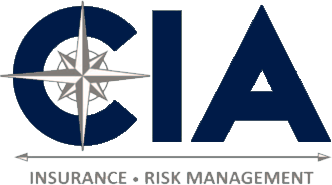Learn about the risk management strategies you should employ when it comes to working with independent contractors.
As a business owner, it is your responsibility to mitigate your company’s risk. However, this task is easier said than done, especially if you routinely work with independent contractors or subcontractors. Fortunately, there are steps that you can take to ensure that you are protecting your business, customers, and commercial assets. Here are some of the risk management strategies you should employ when it comes to working with independent contractors.
Request a Certificate of Insurance
If your company is hiring contractors, then you should ask them to provide a certificate of insurance to verify that they are carrying the necessary workers compensation and liability insurance. Depending on the contractor’s duties, you should also make sure that they have proof of commercial auto, professional liability, and umbrella insurance. To ensure that your company will not be held liable for any issues the contractor causes, you should set insurance requirements for all the subcontractors that you work with. For instance, the following minimums are recommended:
- Workers compensation- $500,000
- General liability: $1,000,000
- Commercial auto- $1,000,000
- Professional liability- $1,000,000
- Umbrella- $1,000,000
When you receive a certificate of insurance, it’s important that the document is coming directly from the contractor’s insurance agent. This way you verify that the form was not falsified. You should review the dates on the certificate to ensure that the contractor will be covered the whole time they are working for you. Finally, you should check to make sure that the certificate was issued in your name.
Become an Additional Insured
If you will be working with the contractor for an extended period of time or, if they will be completing extensive work in your name, then you should require the contractor to list your company as an additional insured on their insurance policies. This step will ensure that you have an added layer of security should the contractor run into trouble during the course of their work. For instance, if your contractor makes a mistake and you are sued for the damages they have caused, then your additional insured status ensures that the subcontractor’s insurance is the primary coverage. This means that the contractor would be held liable, and their insurance would cover the cost of the claim.
These are some of the risk management strategies you should employ when it comes to working with independent contractors. Want another way to protect your company from all the risks that it faces? Then make sure you have the right business insurance in place. Contact the experts at CIA Insurance and Risk Management for assistance with all your commercial coverage needs today.
Post written by Sophia Najjar, Vice President | Commercial Risk Management, CIC
Comments are closed.




